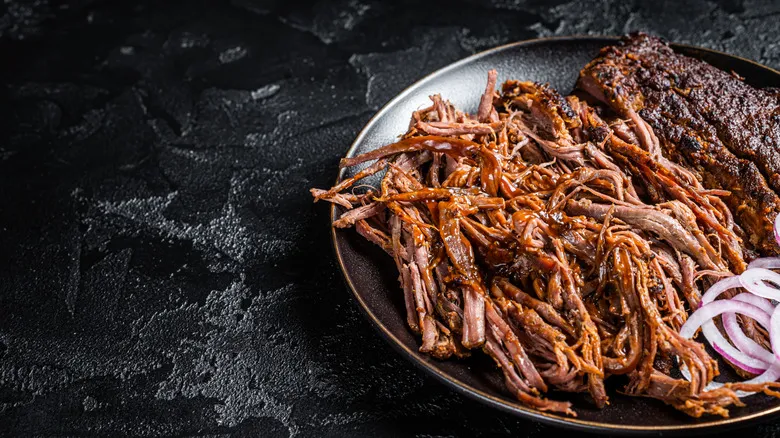What are carnitas?
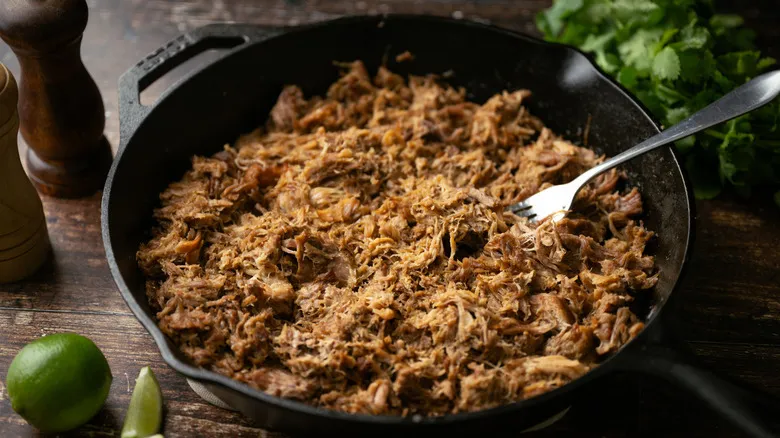
Translating to "little meats" in Spanish, carnitas are made by slow-cooking large cuts of pork, such as ham, pork shoulder, or pork butt. Often prepared in a large copper pot called a cazo, various pig parts like legs and ribs may also be included. What defines carnitas is not the specific cut of pork used, but rather the method of slow-cooking the meat in lard, which classifies it as a type of confit. The goal is to achieve a tender interior with crispy edges, all glistening with a delicious sheen from the fat.
Carnitas are seasoned with a variety of spices, with each chef adding their unique twist. Common seasonings include cumin, oregano, onions, garlic, limes, and chilies, but other ingredients like herbs, fruits, Coca-Cola, and even dairy products can be incorporated. When prepared correctly, the dish boasts a subtle sweetness and rich flavor. Typically, this pork dish is served as a build-your-own taco option, accompanied by spicy salsa and pickled vegetables. However, it is also commonly used as a filling for enchiladas, tortas, burritos, and other traditional Mexican dishes.
What is pulled pork?
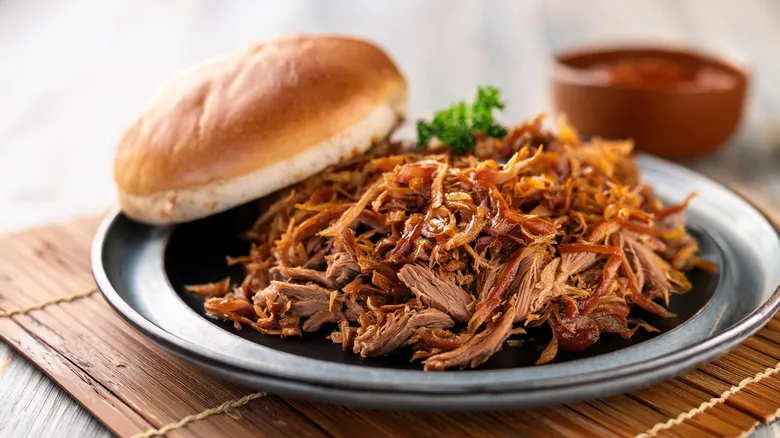
Visit any barbecue joint in the Southern United States, and you'll discover a variety of regional interpretations of pulled pork. Generally, pulled pork recipes call for the shoulder cut, which provides a mouthwatering, juicy outcome due to its fat marbling. While smoking is a popular method within the barbecue tradition, it’s not the only way to prepare this dish. Ovens, pressure cookers, and slow cookers can also produce excellent pulled pork. The crucial element is time: the meat needs several hours of low-and-slow cooking to break down the inherent fat. With a bit of patience, a hefty cut of pork transforms into tender, shredded pieces, often separated with forks, which is how it got its name.
Chefs can season the meat either before or after cooking, typically using their own spice blends. Depending on the regional barbecue style, common seasonings might include cumin, chili powder, dry mustard, paprika, onion powder, garlic powder, and brown sugar. However, recipes can vary, focusing on sweet, spicy, or herbal flavors. Additionally, a fantastic homemade barbecue sauce can enhance the dish even further. This is part of what makes pulled pork so appealing; it serves as a versatile and delicious base for pork flavor.
Recommended
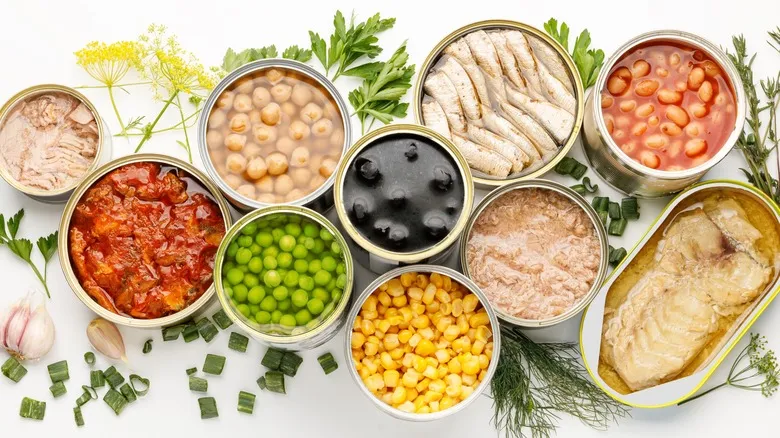
Here's How People Opened Canned Food Before The Can Opener Arrived
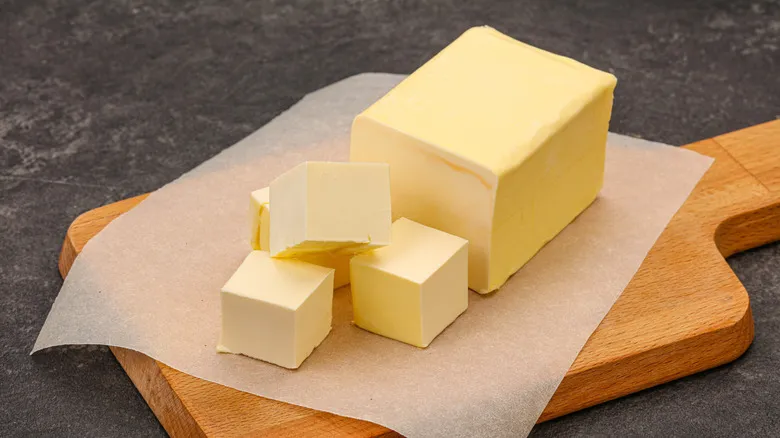
One State Makes 88% Of The Butter In The US
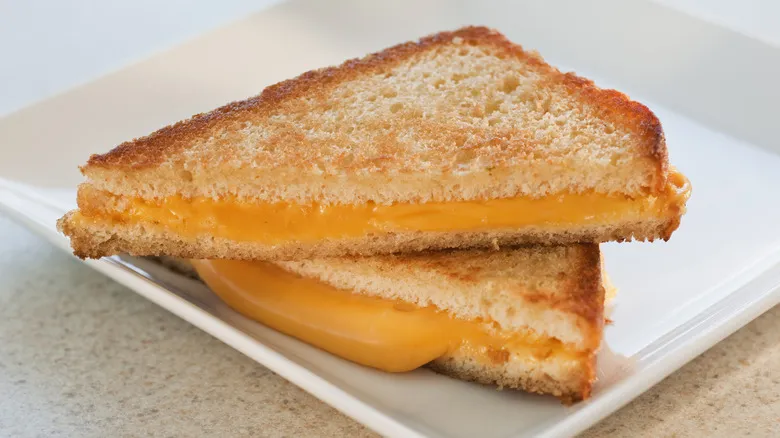
Take A Page From Nebraska's Book For An Iconic Upgrade On Your Grilled Cheese

Whatever Happened To Fruit Stripe Gum?
Next up

